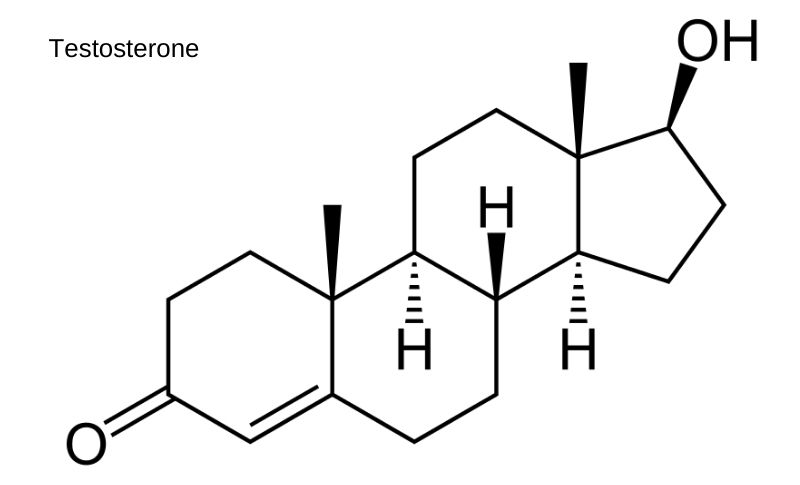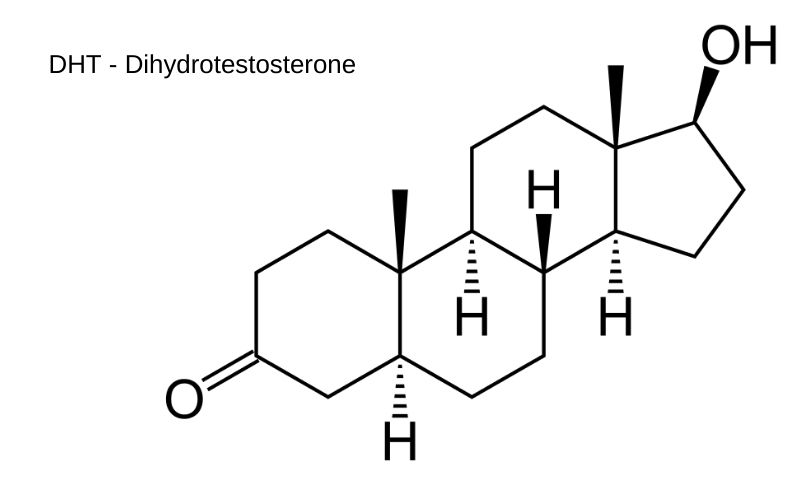Androgenetic alopecia in men overview
Androgenetic alopecia, also known as common baldness, hereditary baldness and androgenic alopecia, is the most common form of hair loss. It is recognizable due to the distinctive pattern of progression of the hair loss on the scalp. Although androgenetic alopecia is an extremely common disorder affecting men and women, the incidence is generally considered to be greater in males than females. There is also some evidence that suggests that such differences in incidence may be a reflection of different expression in the two sexes.
Hair loss in male androgenetic alopecia is characterized by thinning of hair as opposed to follicular loss, at least in early stages. In men, male pattern hair loss does not present until after puberty, usually becoming manifest in the third decade and in almost all cases by the fourth decade of life. The incidence and the severity of androgenetic alopecia differs with race – studies show that it affects 50% of Caucasian men beyond the age of 40 years, whereas in Asian, Native American and African–American men, the prevalence is lower and more likely to be less severe. Dr Hamilton and later Norwood successfully documented and classified the patterns of male pattern baldness.
Table of Contents
Pathogenesis

Testosterone 
DHT Dihydrotestosterone
“Andro” refers to the androgens (testosterone and DHT dihydrotestosterone) necessary to produce male-pattern hair loss (MPHL); “Genetic” refers to the inherited gene necessary for this type of hair loss to occur. Therefore, as the name suggests androgens and in particular dihydrotestosterone are required for the development of this pattern of hair loss. Genetic factors modify the extent to which the hair follicles respond to circulating androgens, and this genetically determined disorder progresses through the gradual conversion of terminal hairs into indeterminate hairs and finally to vellus hairs. Studies show the size of the dermal papilla ultimately dictates the size of the growing hair, and in AGA some dermal papilla cells get lost either by apoptosis, or by cell displacement.
The three key features of androgenetic alopecia pathogenesis in men are:
- Alteration of hair cycle dynamics: Males with androgenetic alopecia have a reduction in the terminal-to-vellus hair ratio and exhibit a typical distribution of hair loss.
- Follicular miniaturization: Hair follicles contain androgen receptors. In the presence of androgens, genes that shorten the anagen phase are activated, and hair follicles shrink or become miniaturized. With successive anagen cycles, the follicles become smaller (leading to shorter, finer hair), and nonpigmented vellus hairs replace pigmented terminal hairs. All the hairs in an affected area may be involved in the miniaturization process and over the time the region may be covered with fine, hardly visible vellus hairs. Along with hair miniaturization the production of pigment ceases.
- Inflammation
Androgens and hair growth

Androgens are mediators of terminal hair growth throughout the body and have profound effects on scalp and body hair in humans. Scalp hair grows constitutively in the absence of androgens, while body hair growth is dependent on the action of androgens. With androgen activity, those who are genetically predisposed develop scalp alopecia, manifested as miniaturization of scalp hair follicles in a defined pattern. In contrast, with sexual maturity androgens cause enlargement of vellus hairs to form terminal follicles in the axilla and pubis in both sexes, and on the face, chest and extremities in men. The seemingly paradoxical effects of androgens on scalp and body hair are still a grey area. Studies that illustrate the molecular mechanisms by which androgens regulate hair growth would provide greater understanding of these strange phenomena.
Clinical symptoms
The clinical appearance of male androgenetic alopecia is universally and instantly recognizable in most cases. The transition from large thick-pigmented terminal hairs to thinner, shorter, indeterminate hairs and finally to non-pigmented vellus hairs in the involved areas is gradual. Therefore there is a noticeable increase in hair shedding.

- The first signs of androgenetic alopecia in men are a gradual thinning in the temporal areas followed by progressive thinning in the frontal and vertex areas of the scalp.
- Recession of the frontal hairline is common.
- Ultimately, the frontal and vertex thinning areas may merge, and all the hair over the crown is lost.
Histopathology
Histological diagnosis is rarely necessary for male androgenetic alopecia. However, in patients where the diagnosis is ambiguous, 4mm punch biopsies are ideally taken from the vertex of the scalp. Two biopsies should be taken – a horizontal section and a vertical section.
Vertical sectioned scalp biopsies show a marked reduction in terminal anagen hairs, which normally penetrate through the dermis into the subcutis. These hairs are replaced by secondary psuedo-vellus hairs with residual angiofibrotic tracts called follicular streamers or stellae. There is an apparent reduction in the number of follicles.
Horizontal sectioning yields more information on the number and types of follicles seen, assisting in a more accurate diagnosis. On horizontal sections of scalp biopsies, many pseudo-vellus hair follicles can be identified in the papillary dermis, indicating that follicles are miniaturized rather than destroyed. Pseudo vellus hairs are distinguished from true vellus hairs by the presence of the arrector pili muscle and angiofibrotic streamers.
Others features that may be seen include follicular fibrosis (formation of excess fibrous tissue) and perifollicular inflammation. The fibrosis can be seen in around 10% of cases. However, these features are non-specific as they maybe commonly seen in some normal scalp biopsies as well.
Management
Approach to treatment of any kind of hair loss is normally three-pronged – reversal of the hair loss; stabilization of the process; and prevention of the condition. None of the currently available treatments has been proved to be successful in androgenetic alopecia. Androgenetic alopecia in men is not life threatening, therefore it is best to have no treatment and allow the balding to progress naturally.
- Medical Treatment: Topical minoxidil and oral finasteride are the only two treatments currently approved by the US Food and Drug Administration for the management of androgenetic alopecia.
- Scalp surgery can involve transplants, scalp reduction, rotation flaps, punch grafting, and single follicle transplantation.
- Non medical treatment: Patients with mild alopecia who do not wish to pursue medical treatments can disguise their baldness by using spray-on scalp dye treatments which gives the impression of thicker hair. For those with advanced alopecia, good quality wigs that appear like natural hair can cover bald patches.
Conclusion
Androgenetic alopecia is increasingly common among men, and most men find it a distressing and undesirable state. Stem cell scientists, geneticists, developmental biologists and immunologists are working hard to make progress in the field of hair biology in their effort to provide treatments for such people.




